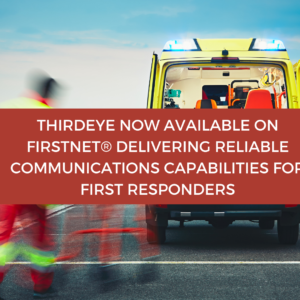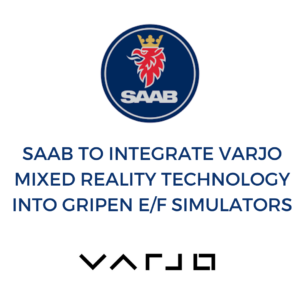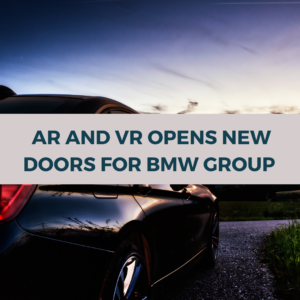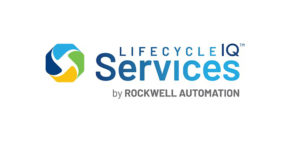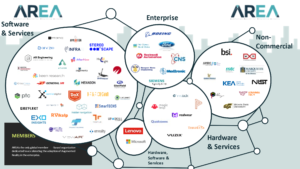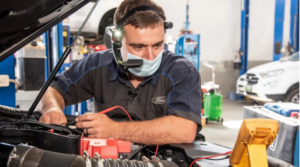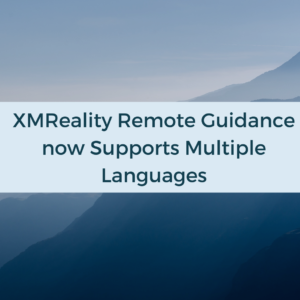LifecycleIQ Services provide the transformative partnership that customers need and expect today. By combining digital technologies with expansive human know-how, the services help companies work faster, smarter and with greater agility at every point in their business cycle. The services can help companies realize the power of a Connected Enterprise during the design, operations, and maintenance stages in greenfield and brownfield facilities.
“LifecycleIQ Services create a more intimate customer engagement model, one that can help companies not only solve problems, but also see new possibilities in production and transform them into reality,” said Frank Kulaszewicz, senior vice president, Lifecycle Services at Rockwell Automation. “We’re investing in providing a wide range of holistic services to help companies be more productive, safe and secure anywhere in a product, process or plant lifecycle.”
Inbavanan Rathinam, senior director, Solutions & Services, Asia-Pacific at Rockwell Automation, said: “One challenge faced by many industrial players in Asia-Pacific is how to adopt smart manufacturing technology quickly whilst seamlessly integrating legacy equipment and machinery. LifeCycleIQ Services help to address this unmet need holistically, enabling enterprises to be future-ready by incorporating agility and flexibility in both infrastructure and processes.
“Driving efficiencies also continues to be increasingly important to businesses across every sector in the region, with growing attention on sustainable operations. LifeCycleIQ Services enables our customers to better plan and service every aspect of the plant, from design to safe operations, enabling reduced energy usage, minimized wastage, and maximized output.”
Industrial companies can use LifecycleIQ Services to achieve outcomes like:
Capturing more value from digital transformation initiatives
Digital initiatives can struggle to get off the ground because companies don’t know what steps to take or where to start. Using the knowledge and experience within LifecycleIQ Services, companies can strategically plan, implement and scale their digital initiatives.
Support can begin with defining strategic objectives, identifying use cases and quantifying business value. Rockwell Automation can then continue to support customers through implementation, ongoing maintenance and continuous innovation.
Reducing risk with comprehensive cybersecurity support
Cybersecurity is a top priority today, but few companies have specialists with both information and operations technology (IT/OT) security knowledge. Rockwell Automation is uniquely equipped to address complex security challenges in IT/OT environments. The company understands the OT environment and how it interfaces with IT and follows industry security standards.
LifecycleIQ Services can help companies adopt a proactive cybersecurity approach and address the entire attack continuum — before, during and after an event. Also, as more companies connect their plants to remote workers and partners like original equipment manufacturers (OEMs), Rockwell Automation can help protect those connections with secure remote access and security posture assessment services.
Improving workforce support
Companies need new ways to support their workforces as they contend with global health challenges and skills shortages brought on by the retirement of trained workers and an influx of new technologies. They also need workforce support as they seek to make the most of IIoT technologies.
LifecycleIQ Services can help companies address their unique workforce challenges and gaps by assessing needs, identifying priorities and creating workforce development programs. Rockwell Automation also uses remote support capabilities and augmented reality technologies to help companies interact virtually with support engineers, strengthen skills with virtual training, and provide safety and security services without sending people into plants.
To improve customer experiences, LifecycleIQ Services is also introducing a new way to receive multiple services in one contract. An Integrated Service Agreement allows companies to select a package of offerings to simplify their support needs and have just one number to call to access experts and receive priority service. Companies can get 24×7 technical support, repair services, reports and analytics, field services and more, all in one integrated contract.
About Rockwell Automation
Rockwell Automation, Inc. (NYSE: ROK), is a global leader in industrial automation and digital transformation. We connect the imaginations of people with the potential of technology to expand what is humanly possible, making the world more productive and more sustainable. Headquartered in Milwaukee, Wisconsin, Rockwell Automation employs approximately 24,000 problem solvers dedicated to our customers in more than 100 countries. To learn more about how we are bringing the Connected Enterprise to life across industrial enterprises, visit www.rockwellautomation.com.

